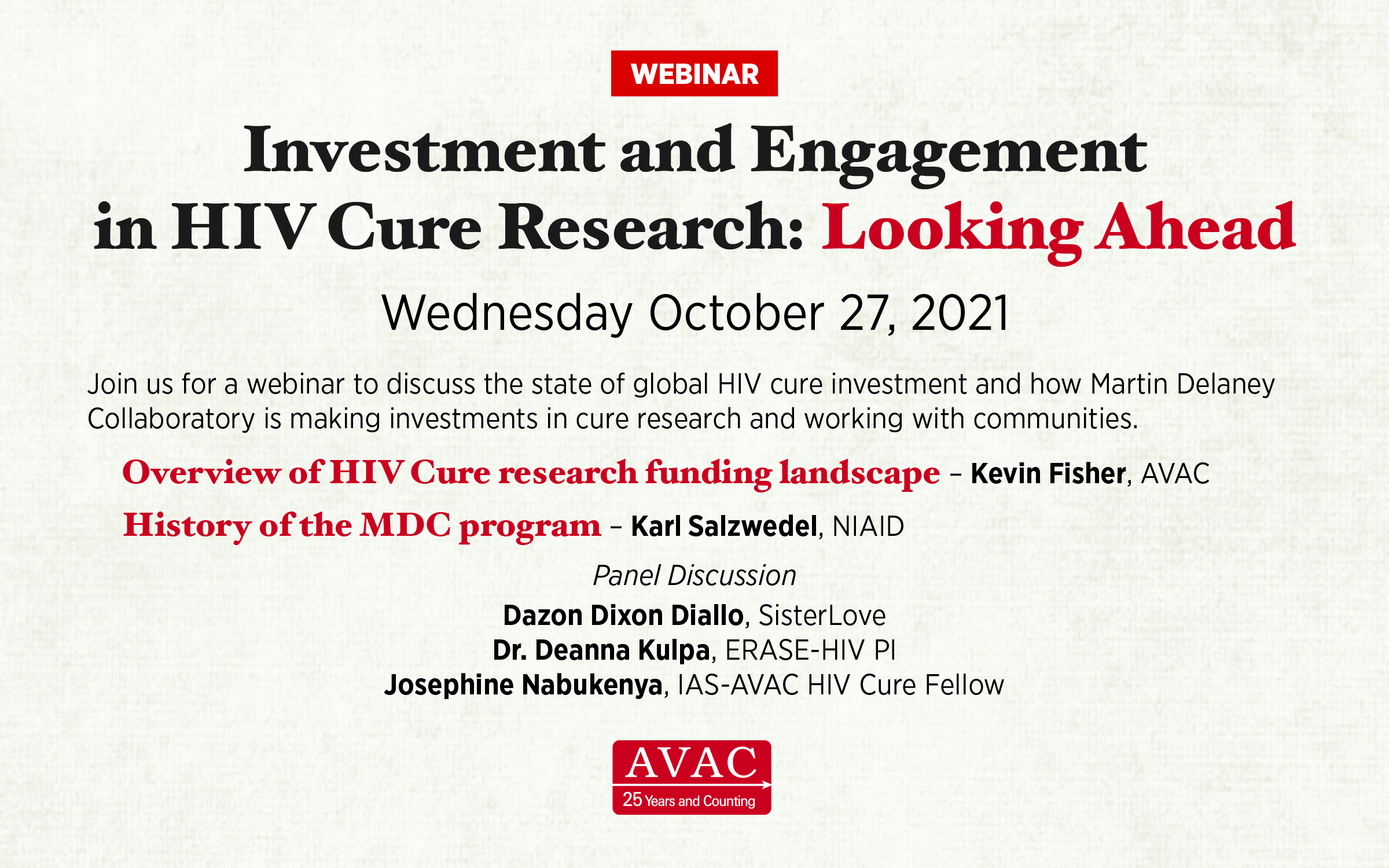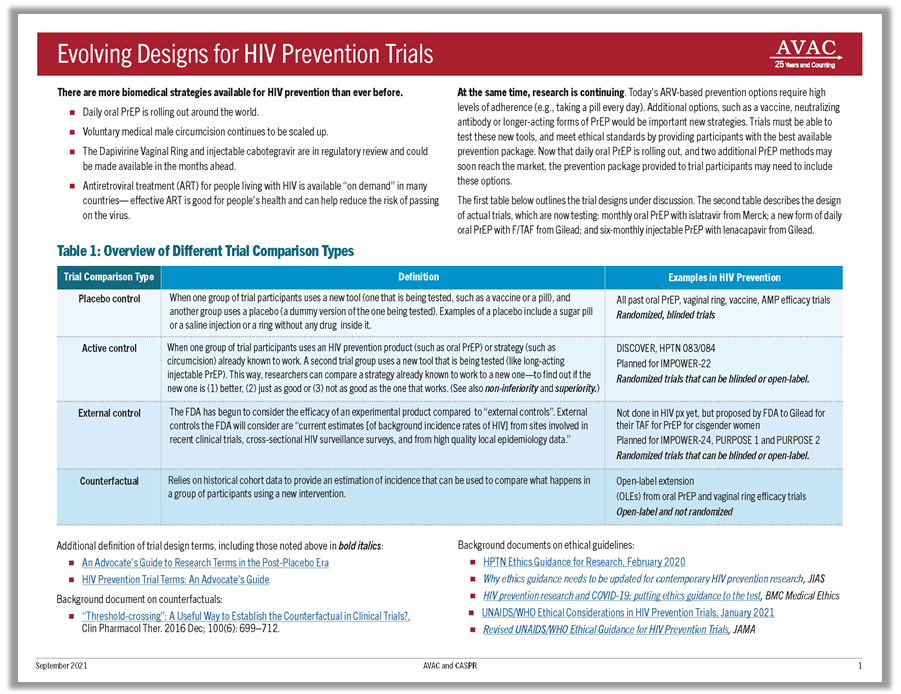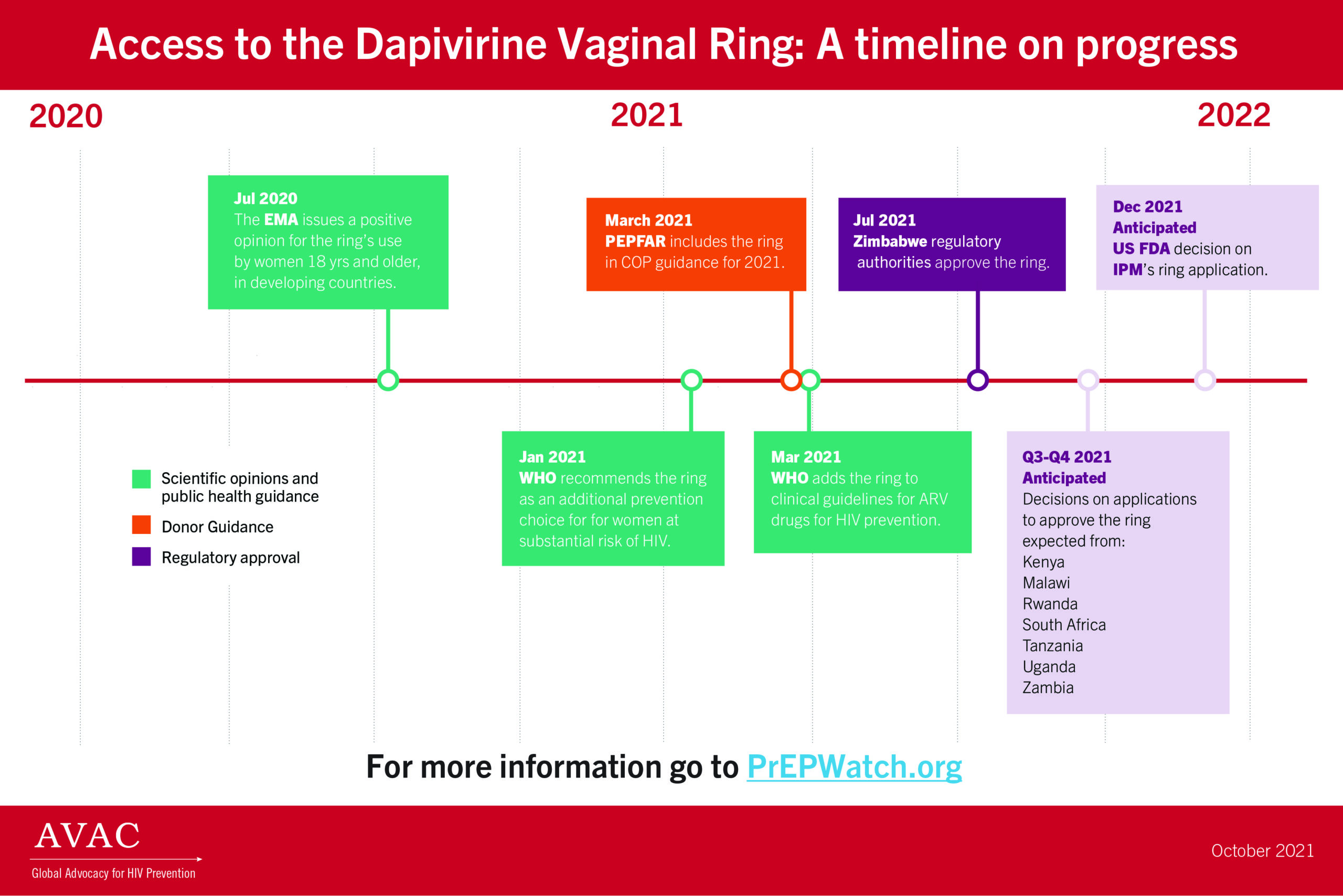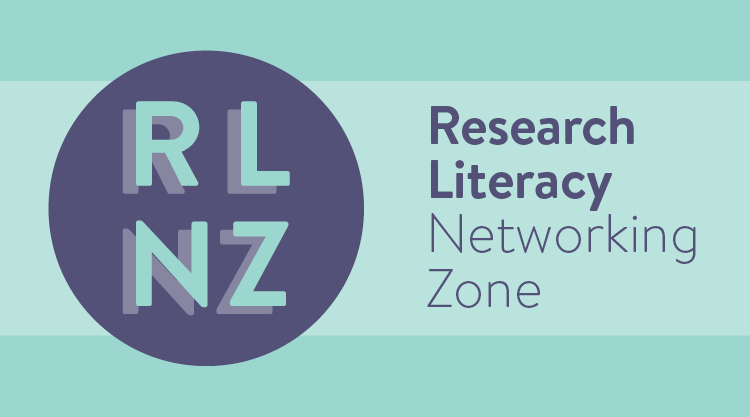Rob Newells, Executive Director of AIDS Project of the East Bay, PxROAR member, and minister and founder the HIV program at Imani Community Church in Oakland, delivered this address to the amfAR Cure Summit in November.
Thank you to Dr. Rowena Johnston and all the good folks who organized this Summit for allowing me the opportunity to share some thoughts about my vision for HIV Cure research. I won’t be before you long… and if you’ve ever been to a black church, you know that’s the lie that the preacher tells before they put you to sleep with a 2-hour sermon… but I promise, I’ll try my best not to do that this early in the program.
I’m not here to talk to you about all of the new and exciting things that are happening with cure research. There are people with degrees that will share that stuff with you later. I am a community advocate. Yeah… I’m the Executive Director for the oldest HIV services community-based organization in Alameda County… but at my core, I am a community advocate.
I am a 48 year-old, same gender loving black man born and raised across the Bay in Oakland. I’m a 70s baby, so I saw the city go from 50 percent black when I was a teenager to 25 percent black now. (Gentrification is real.) I went to middle and high school with the children of some of the country’s most legendary drug kingpins of the 70s and 80s. I’m pretty sure I grew up middle class… but sometimes I think white middle class and black middle class are totally different. I’m a United States Marine Corps veteran who didn’t figure out he was gay until halfway through college, which for me was after my military service… Which means that I became sexually active when the epidemic was still at the top of the national news.
I started doing work around HIV prevention education in 1999. (I had a cousin and some friends living with HIV, and I had lost an uncle, a couple of church choir directors, and a choir member to the disease by then.) I tested positive for HIV in 2005. Seven years later, in 2012, I became a licensed Baptist minister… as a gay man living with HIV. (My ordination is next Sunday in Oakland in case you’re interested.) 2012 is also when I formally started working with AVAC on biomedical HIV prevention research advocacy, and talking to black men in Oakland about what was coming down the prevention pipeline. I had learned a little about cure research by then, but my real intro was at the HIV Cure Community Workshop and Pre-Conference Symposium in Durban, South Africa, before the 2016 International AIDS Conference.
That’s where I met my brother Moses Supercharger from Uganda. Getting to know Moses and his work helped me to understand that there isn’t much talk among members of my community about the need for an HIV cure mostly because in this country we’ve been driving home the message that we already have the tools we need to end the HIV epidemic. PrEP has been approved for 6 years now. Treatment as Prevention works. Undetectable really does equal untransmittable. And condoms still work. So why do we need a cure?
Moses asked the question a couple of years ago, “How do you end the HIV epidemic if people are still living with AIDS?” It’s a simple question, but when government agencies and charitable foundations are deciding where to send limited research dollars, it starts to get complicated. Why do we need a cure?
Cure may not be at the top of the HIV wish list for much of my community, but for our brothers and sisters in Africa – the continent most affected by the virus – cure is essential. U.S. citizens enjoy the privilege of traveling to countries around the world without having to obtain a visa. Africans living with HIV are routinely denied travel visas. And the social stigma of living with HIV in Africa is many times greater than it is in the United States… and the pill burden is often greater. While Americans have multiple options for once daily single-tablet regimens, Moses told me that he takes seven pills each day: three in the morning, one in the afternoon, and three in the evening. He’s been living with HIV for 20 years now. He’s tired of taking pills. Hell! I’m tired of taking pills. We’re tired of taking pills. And everybody doesn’t even have the option. Everybody doesn’t have access to treatment. So the 36.9 million people living with HIV and AIDS globally need a cure.
So… even if we can all agree that we need an HIV cure, do we really know what that means? Nope. We don’t know because y’all don’t know. A cure could be total eradication of the virus from the body. Or it could be more like remission is with cancer. Or it could be a “functional” cure where the virus remains in the body at undetectable levels without the continued use of antiretroviral medications. Who knows? There are all sorts of extremely smart infectious disease specialists, oncologists, geneticists, mathematicians, social scientists, physicists, lions, tigers, and bears (Oh, my!) working to make something happen. Something that will mean I don’t have to take any more pills, and I won’t infect my partner by having condomless sex, and my HIV test will come back negative. Well… maybe not me… but maybe my little cousin’s oldest son who called me while I was at the airport on my way back from the International AIDS Conference in Amsterdam this summer to tell me that he had just tested positive for HIV. Maybe he’ll get a cure.
This is my second year working with the Community Advisory Board for the Institute, and I’m still learning. As you can tell, I am not a scientist, nor am I trying to be one. I see my role as asking the questions my community members would want answers to, and understanding enough about what the researchers are doing to be able to talk about it in plain language with the folks who live and work and play and worship in the same circles where I live and work and play and worship. So catch phrases from researchers like
Block and Lock…
Shock and Kill…
Reduce and Control…
…those all sound a lot like…
“Catch and Release” from immigration officials or
“Stop and Frisk” from law enforcement officials…
These cutesy little shorthand ways of talking about getting to some sort of cure might work for some folks, but… as for me and my house… these phrases can be triggering. As much as I would love to be cured of my HIV, the language we use has the potential to keep a lot of my cousins away.
As unbelievable as it may sound, everyone doesn’t want a cure for HIV. There are folks who are afraid of a cure for HIV. The freedom from daily pill-taking and the (maybe) reduced stigma, depending on what type of cure we end up with, are huge pluses, but are we really ready for a cure?
I was in Madrid for the HIV Research for Prevention conference last month, and there was a poster about what HIV prevention researchers should know about what HIV Cure means to what they called “HIV disparity populations” in the United States. Some researchers in Chicago talked to groups of young men who have sex with men, men of color who have sex with men, transgender women, and cisgender women of color about HIV cure research. This fear kept coming up.
For a lot of folks, having a cure for HIV would bring a kind of freedom… freedom from pill-poppin’… freedom from HIV stigma… freedom from discrimination and criminalization… But for a lot of folks, having a cure for HIV would just make it okay for people to start having lots of crazy, condomless, raw sex. (Oh, no!!) The folks implementing PrEP have heard all this stuff before.
I mean… HIV has made us afraid of our sex. That’s absolutely horrible. It’s bad enough that we are ashamed of our sex… but we have been afraid of our sex… afraid our sex would kill us… for almost 40 years now. What will it take to address that fear? How long will it take? Who’s gonna handle that? Seriously. We’ve got to have some real conversations about what sexual freedom looks like post-HIV in the years leading up to a cure if a cure for HIV is going to be widely-accepted in communities where effective treatment is already an available option.
So, I guess my vision for HIV cure research is not really about advancing the science. Y’all are gonna do that. My vision for HIV cure research is about the freedom. (I think about my freedom a lot in our current political environment.)
My vision for HIV cure research is about freeing all of us from disease and stigma and shame. It is about freeing all of us from these daily handfuls of pills for treatment of HIV and the other stuff that comes with it… but it’s also about freeing all of us up to, without fear, have as much (or as little) good, guilt-free sex as our little souls desire…
So, researchers… I need you to be having lots of good, guilt-free sex. Get out of the lab or the clinic or the office and go get some. I need you to be free, too! As Bishop Yvette Flunder says, “Free people, free people.”
And I believe in y’all. You can do it. I believe that the smart people in this room are gonna help develop a cure for HIV. And every once in a while, when you’re in your lab or your clinic or your office, you’re gonna think about me and my baby cousin and the other folks you’ll meet today who are living with HIV… and you’ll be thinking about all the good, guilt-free sex we wanna have… and you’re gonna come up with something that will work… even for folks who don’t trust you and your little research… and it’s gonna be good. I need you all to believe that… because I am believing in you.
Thank you for your time.



